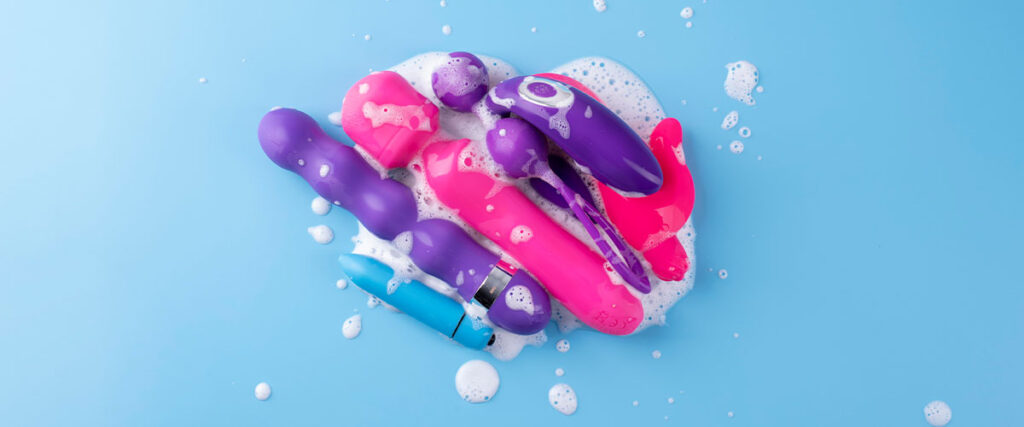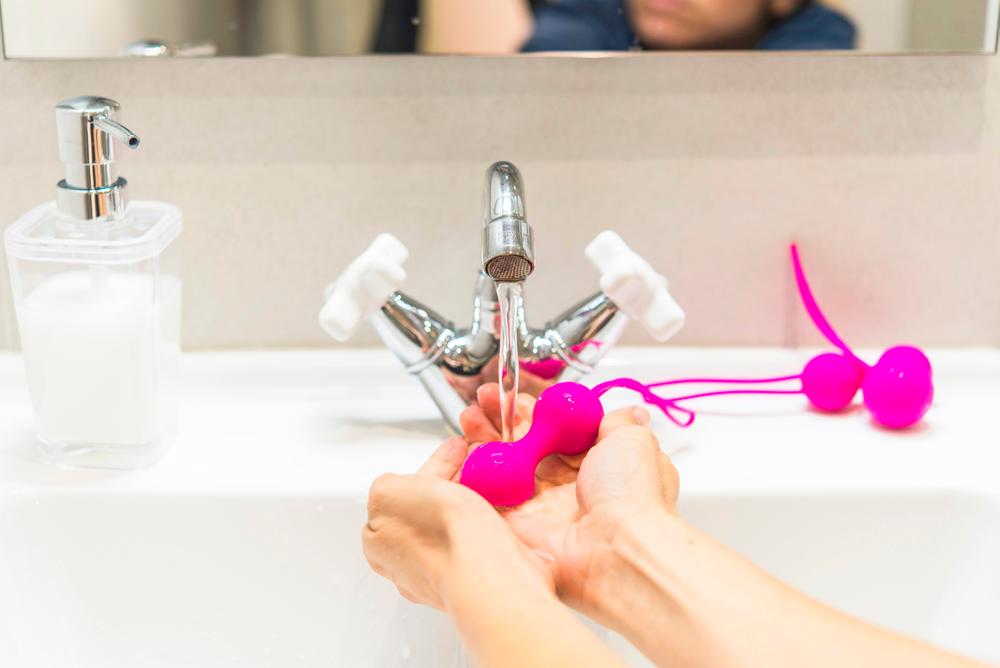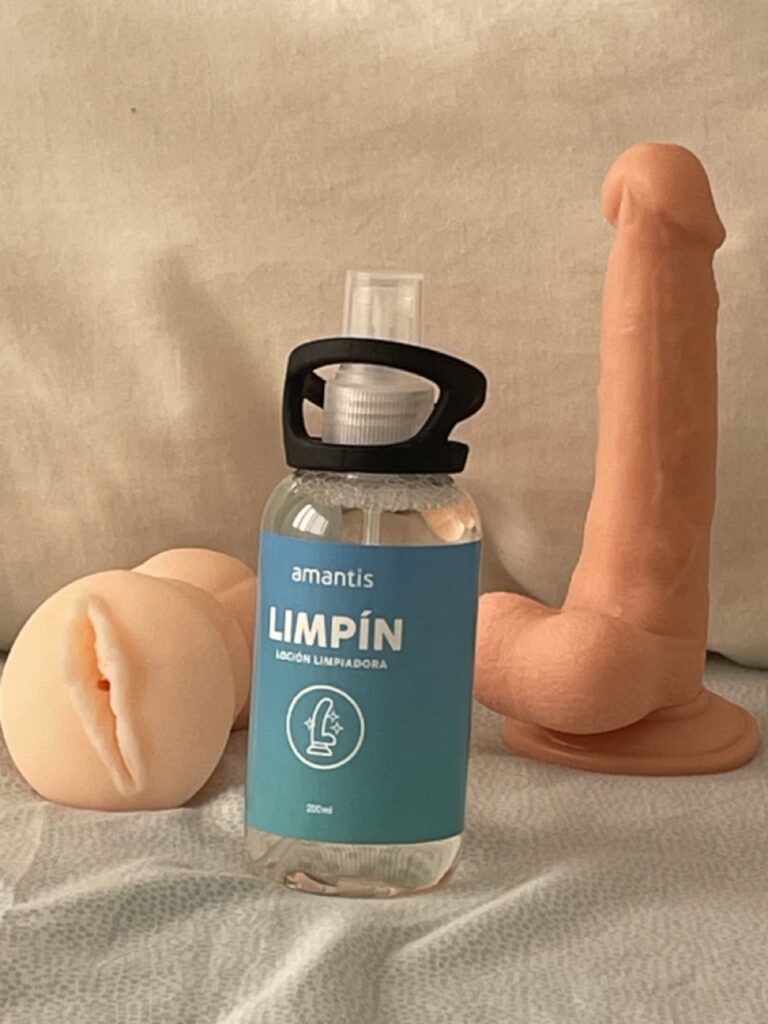Safety and Maintenance: The Ultimate Guide to Materials and Cleaning for Your Sex Toys
Ensuring the safety and longevity of your sex toys is paramount for both your health and your pleasure. Just like any personal care item, proper understanding of materials and diligent cleaning routines are essential. This guide will walk you through everything you need to know to make informed choices and keep your toys in pristine condition, ensuring a hygienic and enjoyable experience every time.
Understanding Body-Safe Materials: What to Look For (And Avoid)
The material of your sex toy directly impacts its safety and hygiene. The gold standard for body-safe toys is 100% medical-grade silicone. This material is non-porous, hypoallergenic, easy to clean, and extremely durable. Other safe options include borosilicate glass, stainless steel, and ABS plastic (if it’s truly hard and non-porous). Conversely, it’s crucial to avoid porous materials like “jelly” or “TPR/TPE” (thermoplastic rubber/elastomer) that are commonly found in cheaper toys. These materials have microscopic pores that can harbor bacteria and are difficult, if not impossible, to sanitize effectively, posing a risk of infections.
The Golden Rules of Cleaning: Before, During, and After Each Use

Consistent cleaning is the cornerstone of sex toy hygiene. Always aim to clean your toy immediately after each use to prevent bacteria from settling. The most effective method for non-porous toys (silicone, glass, steel) is washing with warm water and a sex toy-specific cleaner or a mild, antibacterial soap (unscented). Ensure you rinse thoroughly to remove all soap residue. For porous toys, while not recommended, the best you can do is wash vigorously with antibacterial soap and water, then allow to air dry completely. Some materials might also benefit from boiling for a few minutes, but always check manufacturer instructions first.
Lubricant Compatibility: Protecting Your Toys and Your Body

The type of lubricant you use is not just about comfort; it also plays a critical role in the lifespan of your toys and your personal health. For silicone toys, always use water-based lubricants. Silicone-based lubricants can degrade the silicone material of your toy, making it sticky, gooey, and eventually ruining it. Oil-based lubricants can also be damaging to certain materials and are generally harder to clean off. Always read the labels of both your lubricant and your sex toy to ensure compatibility, preventing material degradation and ensuring a safe experience.
Proper Storage: Keeping Your Collection Protected and Pristine
Once clean and dry, proper storage is vital to maintain the integrity and hygiene of your sex toys. Store them in a cool, dry place, away from direct sunlight and extreme temperatures, which can damage materials. It’s best to keep each toy in a separate pouch or container, especially if made of silicone, to prevent dust accumulation and to avoid cross-contamination or “blooming” (where silicone toys can react with each other or other materials). Breathable fabric bags are ideal, or simply store them in clean drawers. This simple step protects your investment and ensures your toys are ready and safe for your next use.


